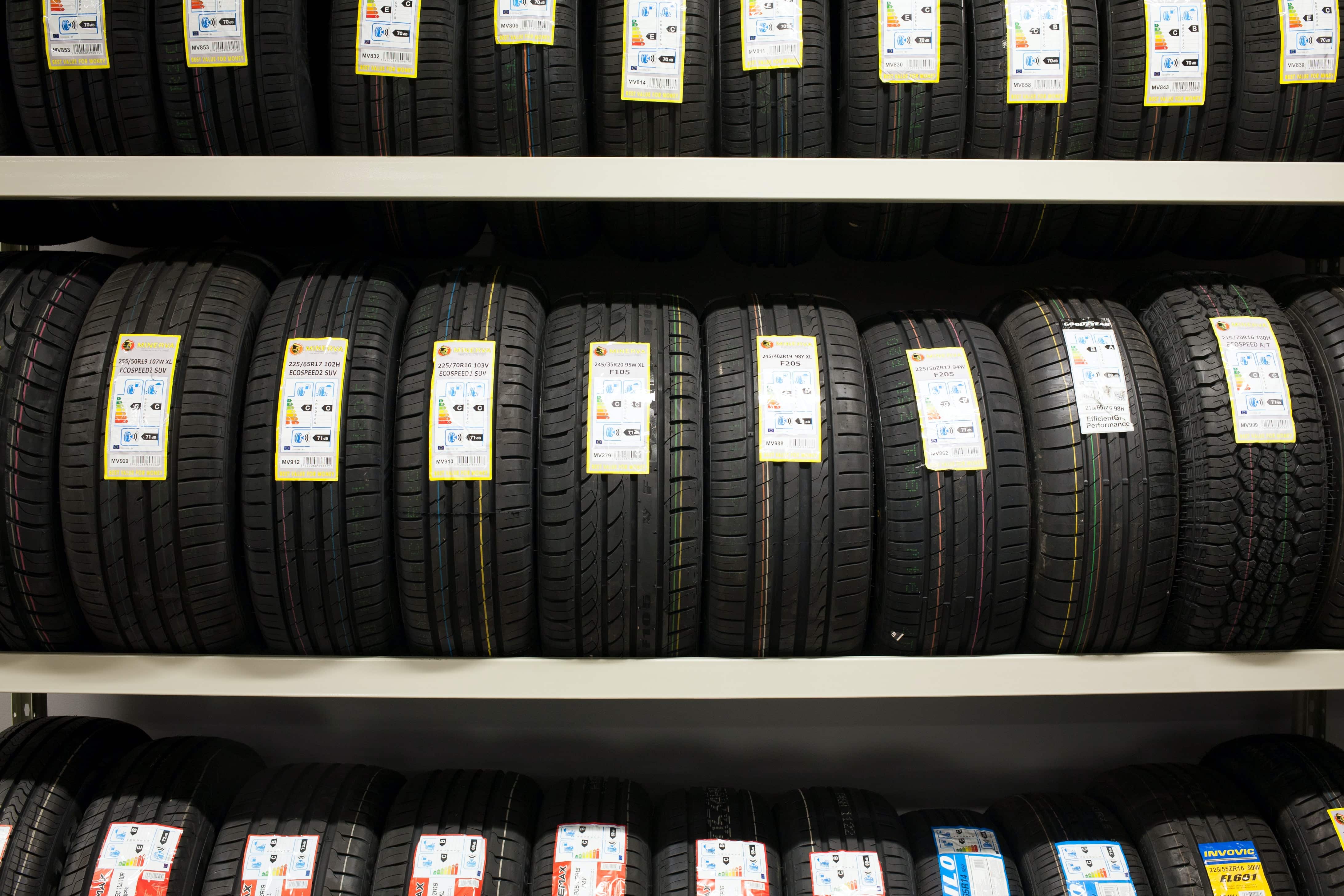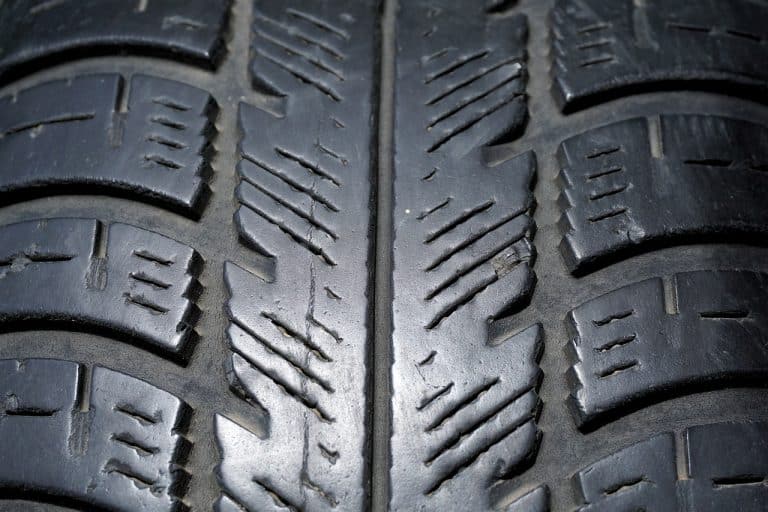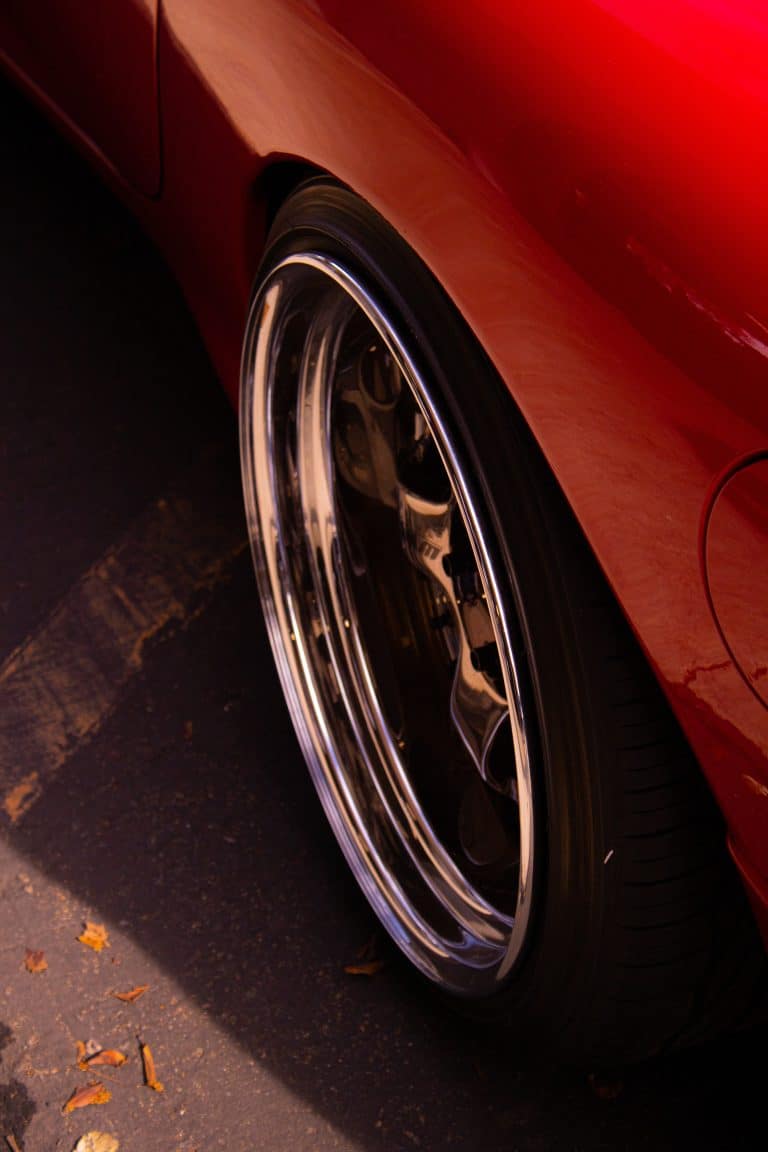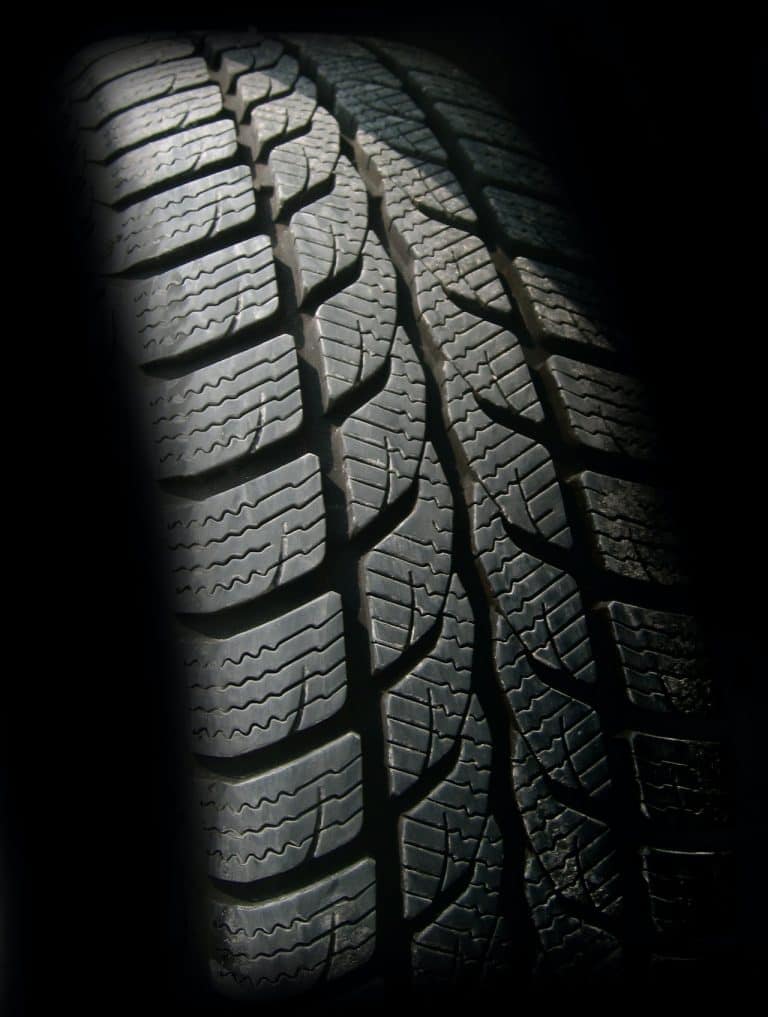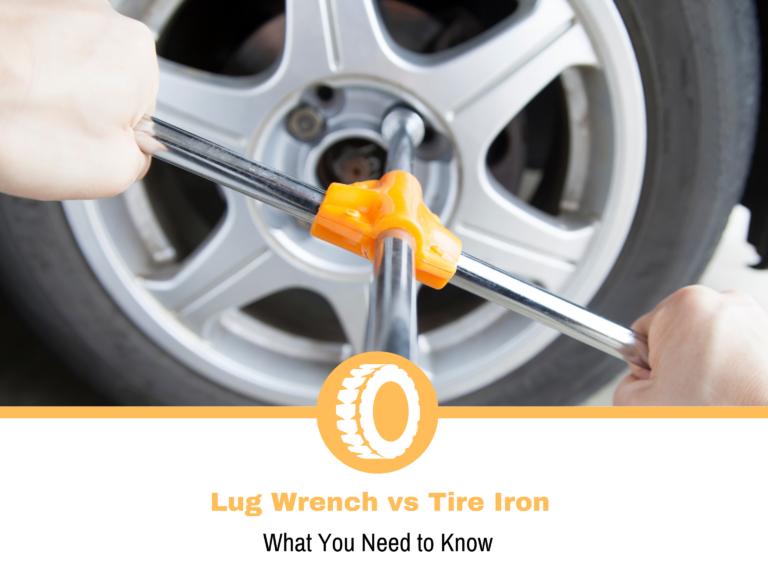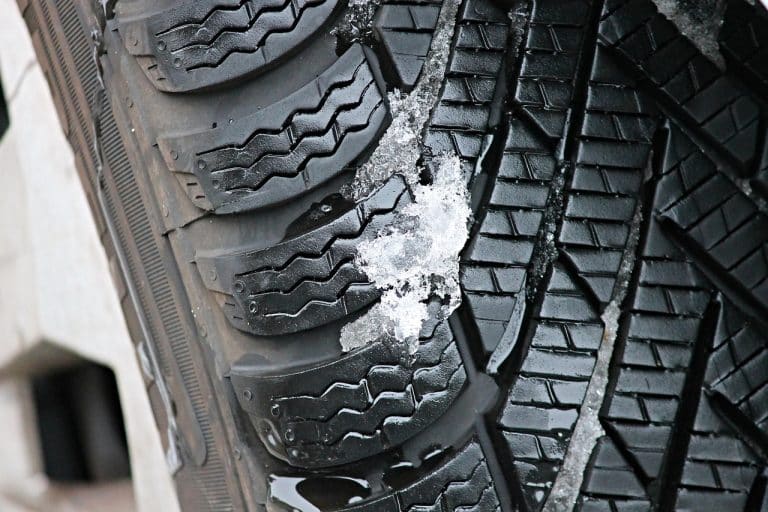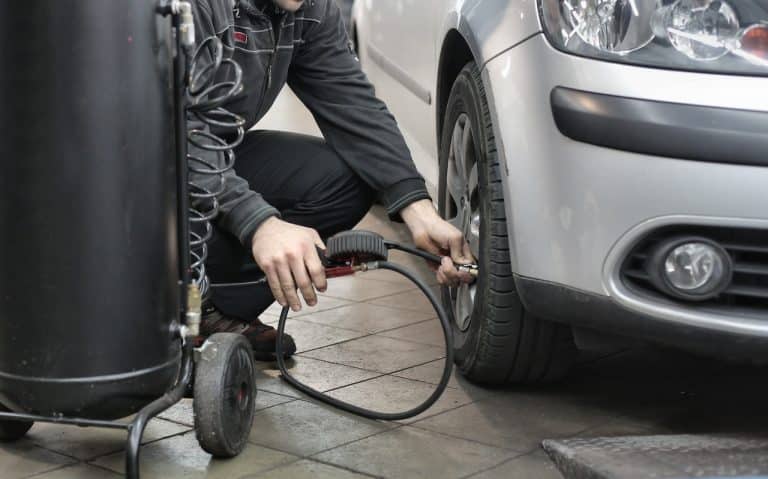How to Store Tires Correctly
When it comes to tires, some owners forget that there are other aspects of it that need to be addressed. Getting a new set is just one part of a larger story.
Some of us buy two sets of tires, one summer and one winter. This is, in my opinion, the best approach, since we’re getting the best of both worlds. Excellent performance in summer and winter, so there aren’t any compromises there. With that said, there are some drawbacks.
Price is one of those because you’re paying for two sets of tires, but that’s not what I’m here to talk about. The second problem is storing the tires when they’re not in use.
There are multiple ways to store your tires and keep them in the best shape possible, and today’s guide will cover that.
How to store tires?
Taking tires to a hotel is the best way to store them. The technicians will oversee storing them properly and will ensure that they’re kept in the most ideal conditions possible.
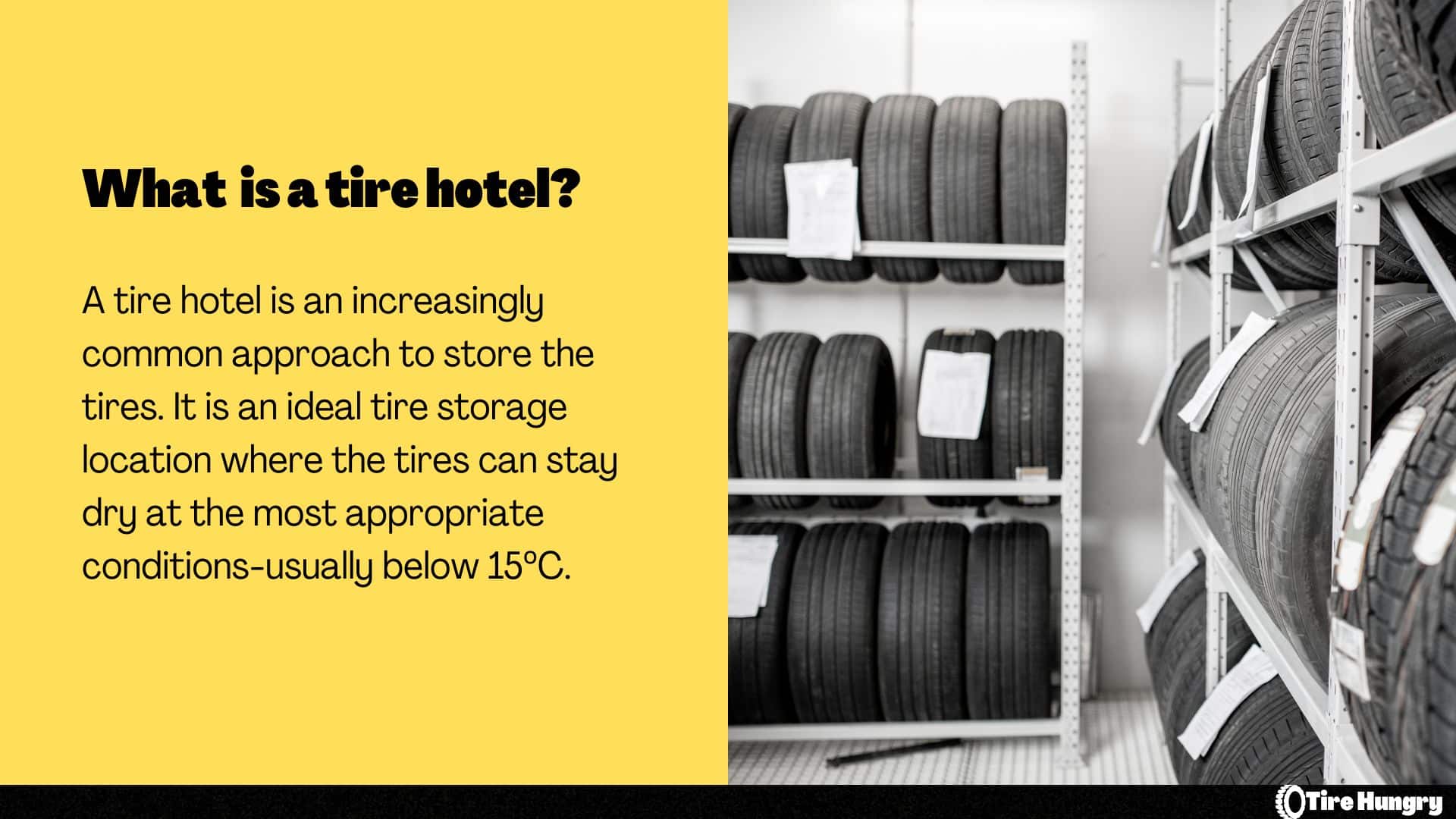
The alternative to this is to store them at home. If you’re after the second option, keep reading.
Why is proper storage important?
In most cases, people change their tires twice a year. This is the part where the summer tires go in storage and the winters end up on the car. For the reverse situation, you’ll have to wait until spring.
As soon as the tires get “switched” the other set needs to go in storage. Keeping them properly is important and there are several reasons for that.
As long as the tires are kept in a “good” environment, you’ll ensure that you’ll prolong their life. Sure, they don’t always get the best conditions while they’re on a car parked on the street, but that has some drawbacks as well.
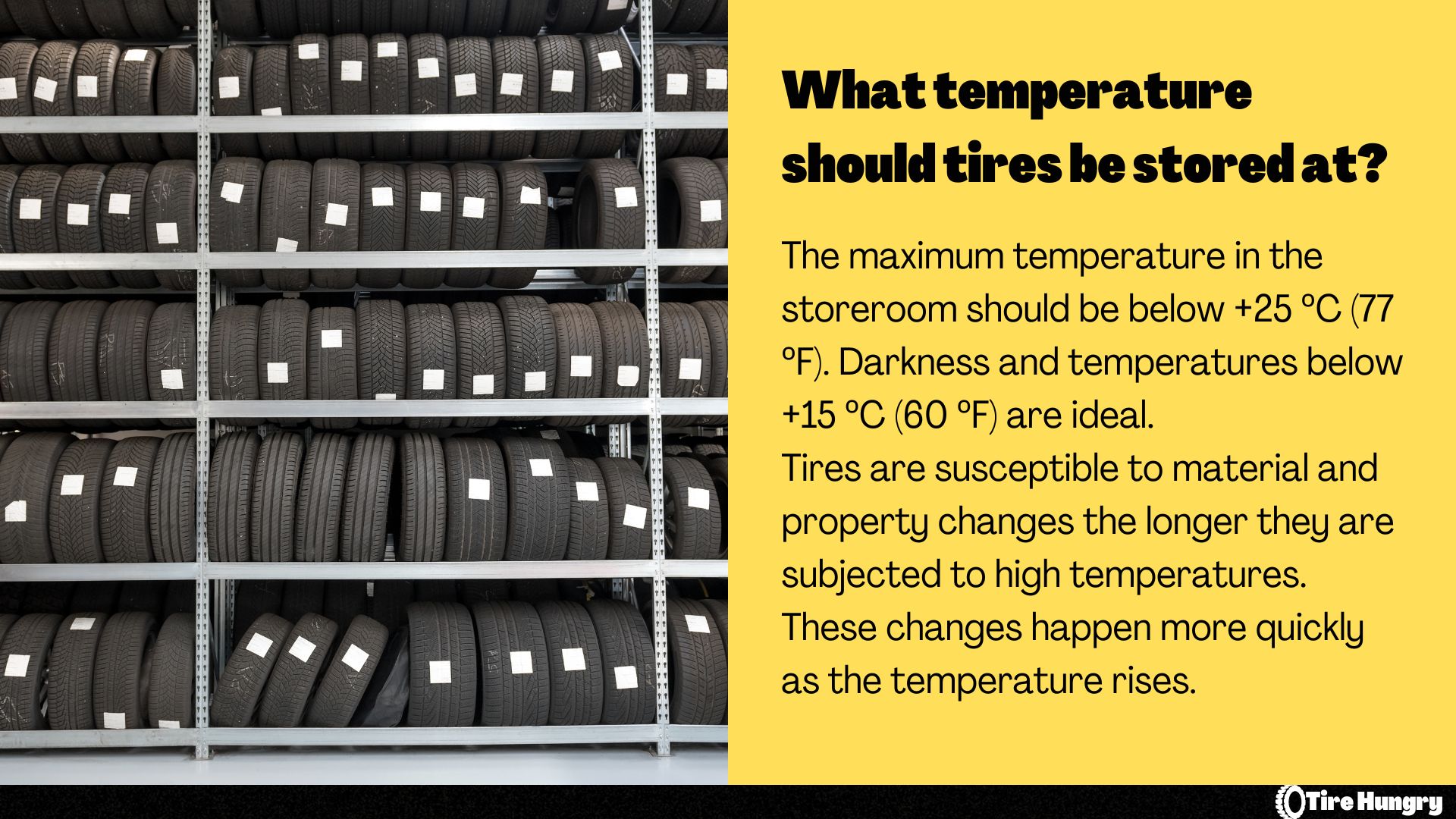
The key problem tires face is temperature changes. If you throw them in some corner of your yard, they’ll be exposed to the elements – sun, rain, wind, the whole nine yards. This reduces their lifespan in terms of how long the compound will remain usable before it shows cracks.
Another mistake some people make is how they store them. Putting the tires one on top of another is a good way to save space. With that said, the bottom tire won’t be too happy about it. It will carry the weight of the 3 other tires on top of it, so it can bend a bit out of shape. The situation gets worse if you store the tires with the rims fitted.
Therefore, I recommend leaving the tires in a tire hotel. The technician there will ensure that they are kept in the best possible conditions. They will rotate them, control the temperature, check the pressure on the ones that have wheels fitted, etc. In short, they’ll do everything they can to store them in the best conditions possible.
If you don’t want to spend any money on that and have the place at home, then you have that option as well. The important thing is that there are several things to keep in mind to ensure that they’re kept in the best conditions possible.
How to store your tires?
There are multiple aspects that you need to pay attention to for storing tires. To keep things organized and neat, I’ll divide them into separate sections. One thing to keep in mind is that they are in chronological order, so you’ll know which step to take first.
Wash the tires
Throughout the season, as you drive the car, the tires and wheels pick up a lot of dirt. Some of the dirt falls off when you wash the car, but it isn’t enough. Even if you drive around the block, they will pick up some dirt. The only person who wouldn’t need to do this is Monk – google the character.
The idea behind the tire bath is to make sure the tire is clean. It’s a simple process and doesn’t need any special skills. You’ll need water with some detergent and a tire brush. I’ve seen some people using sponges, which also work, so as long as it’s not something too sharp, the tire will be fine.
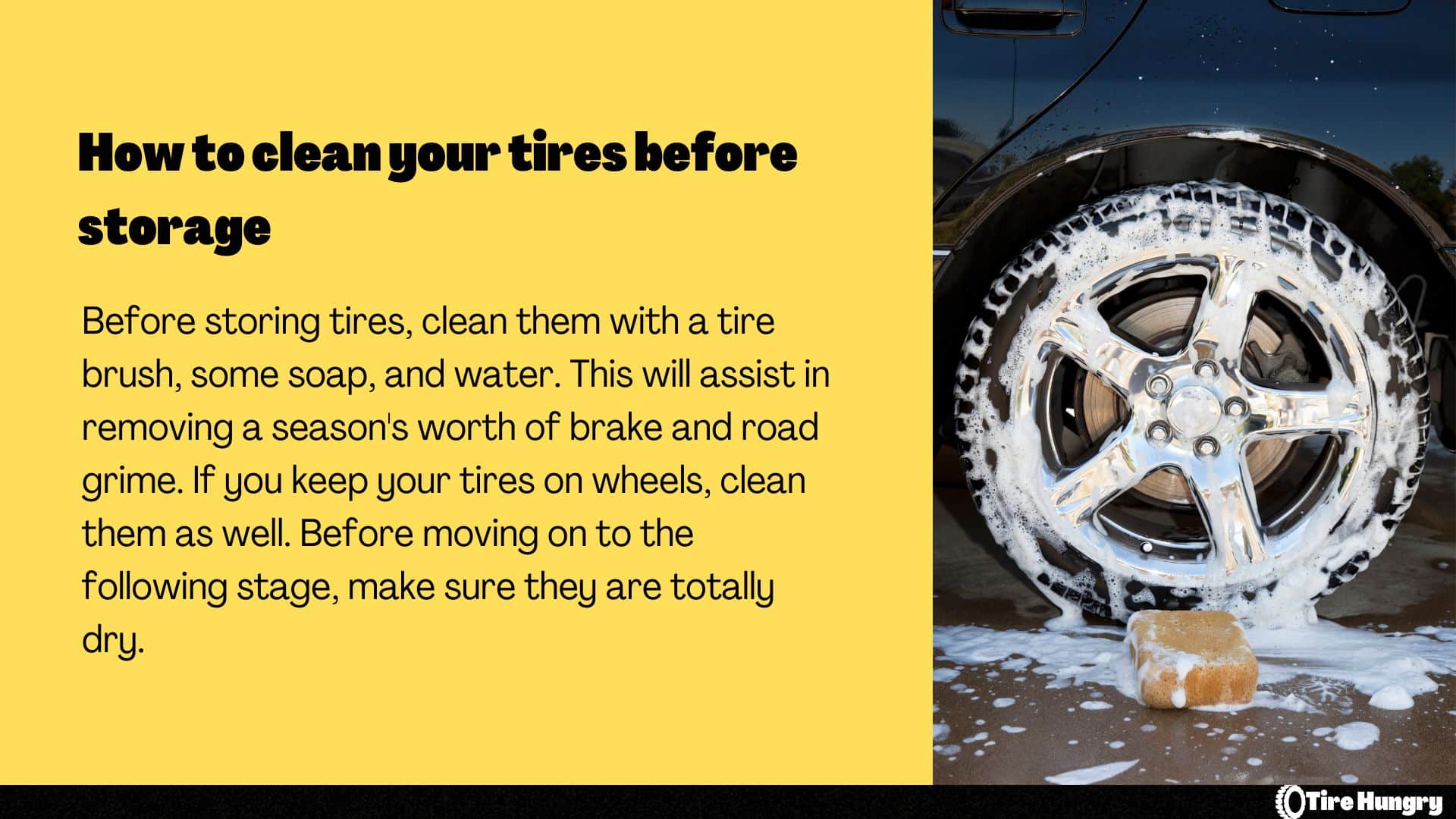
If you are not storing the tires with the wheels on, clean the inside. The best way to describe is to clean them as you’d be keeping them in your living room. If you plan to store them with the wheels on, then they will get a bath too.
Once the tires are washed, it’s important to let them dry as thoroughly as possible. The next step is important.
Before continuing with the process, it’s important to restrain yourself from applying some “storing” products on the tires. There are a few on the market that promise miracles, but they can be counterproductive.
Manufacturers design the compound to survive most weather conditions, so applying any products is a bad idea.
Put the tires in bags
With the bath out of the way, it’s time to play dress-up. This is a simple procedure, and it doesn’t take a lot to think about, but there are some things you’ll need to do right.
First up is using a plastic bag that’s big enough for the tire. You can use two smaller bags, but that won’t do a lot of good for some of the next steps. Garbage or leaf bags usually do an excellent job, so use those. Regardless of which type you go for, it’s essential for the inside to be moisture-free.
With the tires in the bags comes the sealing part. Get a vacuum cleaner and suck out as much of the air as possible. Once that’s done, try to tape the opening and make sure that air won’t be able to get inside. I know that this won’t be as good as with a space bag, but getting as close as possible is the best.
The idea behind this is to prevent the tire from “breathing” fresh air. This will reduce the oil evaporation, so it will keep the tires lasting longer.
With this, you’re looking at several advantages. The tires won’t pick up any dust while in storage and at the same time, you will delay the “drying” process.
Choose the location
With the tires prepared for storage, it’s time to think about location. Each home is different, so I cannot give an exact recommendation, but I can give you a few pointers which should help.
The most important thing is to avoid keeping the tires outside. This is recommendable from two aspects. The first one is that they’ll be away from direct sunlight, and the second is temperature. During the day, the temperature is higher, and it drops noticeably during the night. The temperature differences shorten the lifespan of the tires.
Manufacturers design them to be resilient to the elements, but part of the storing process is to avoid that as much as possible. Storing them properly enables that and keeps them lasting longer.
Ideally, store them somewhere nice and quiet. A corner in your garage, attic, or basement are popular choices. Not only will they be away from the sun, but the temperature will be more constant.
Yes, even in closed spaces there is a temperature difference between night and day, but it’s much smaller than outside.
Another thing to keep in mind is to avoid anything that generates heat. A fridge, generator, furnace – are among the few things that should be as far away from the tires as possible. The same goes for any chemicals you may have around.
Don’t just throw them in a corner
There are many important aspects to storing tires, and how you store them is crucial. When I say “how” I mean in which orientation they’ll be and there are several ways to do this.
There are 3 ways to do this – stacked, upright and hanged. There are pros and cons to all 3 of them.
Stacking is the most popular option as it takes the least space. The bottom tire is on its side and the rest are stacked on top of it. Even though I’m against it, I take this approach with my tires for the Corolla.
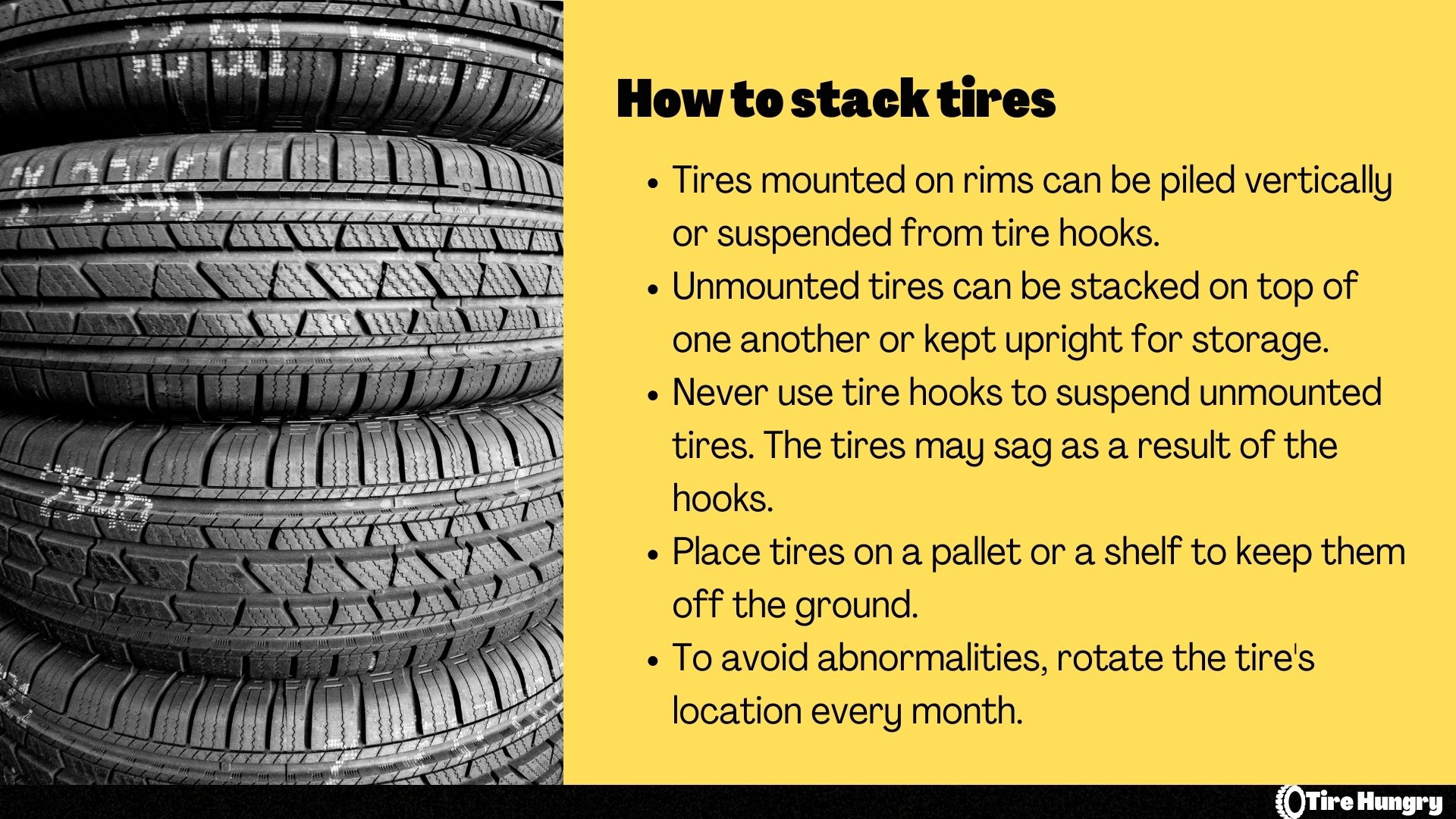
When you stack the tires, the bottom one takes the weight of the other 3, so sometimes it can cause some slight deformity. The reason I do this is that the tires for the Corolla are small and light, so it’s not a massive concern. Also, the basement doesn’t have a lot of room, so I don’t have any other options.
If you’re storing your tires fitted to wheels, the staking isn’t the best approach. The bottom tire will take the weight of the tires and the wheels. If you have to do this, then I’d recommend rotating the tires, putting the bottom tire on top. All 4 tires will get the same amount of weight torture.
Next up we have the upright, which is my preferred choice. It takes up a bit more space, but the tires are upright siting on the tread. Each tire carries its own weight, so it’s not getting crushed. You can rotate them occasionally so that they don’t “sit” on the same part of the tread.
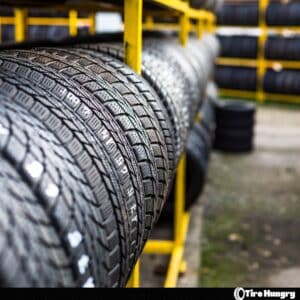 Even if you’re storing the tires with the wheels, this is still the best approach. Keep them inflated enough so that the weight of the rim doesn’t deform the tire and you’ll be good to go.
Even if you’re storing the tires with the wheels, this is still the best approach. Keep them inflated enough so that the weight of the rim doesn’t deform the tire and you’ll be good to go.
Finally, we have the hanging, which is a good choice, but not in every situation. There are special hangers for tires and you should consider these only if you store the tires attached to the rims. You’ll hang them by the wheels, so the tire will be in the air, not touching anything.
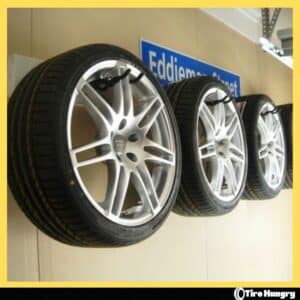 If you don’t store them with the wheels attached, then hanging them will be a problem. Long story short – prolonged strain on one part from the hanger will deform the tires. Yes, you can rotate them, but I still wouldn’t recommend this process.
If you don’t store them with the wheels attached, then hanging them will be a problem. Long story short – prolonged strain on one part from the hanger will deform the tires. Yes, you can rotate them, but I still wouldn’t recommend this process.
At what pressure should tires be stored?
Let’s say you have two sets of wheels, so you want to store the tires while fitted on the wheels. You can take them off the car and just leave them as they are, but it’s not the best approach.
The tires are inflated based on the specification from the car manufacturer. They take several aspects into consideration, one of which is the weight. While fitted to the car, each tire carries roughly a quarter of the tire’s weight. It depends on the model, but for the sake of this, let’s say it’s a quarter.
When you take a wheel off, the only weight it will carry is the weight of the tire and the rim. Since weight plays a role in how much a tire should be inflated, this means that you should deflate it.
There isn’t a strict rule or a number for this, but as a general rule, you should be around half of the specified pressure. For example, if the manufacturer says to inflate your tires at 34 psi, then for storage keep them around 17.
Conclusion
Storing tires is an adventure that some people fear. Sure, there are plenty of things to consider and the process takes a while, but it’s worth it.
Proper storage ensures that the tires are kept in the best conditions possible. This will make sure that they are healthy and, with that, you’ll delay the inevitable.
Improper storage can damage the tires and will reduce their lifespan.
